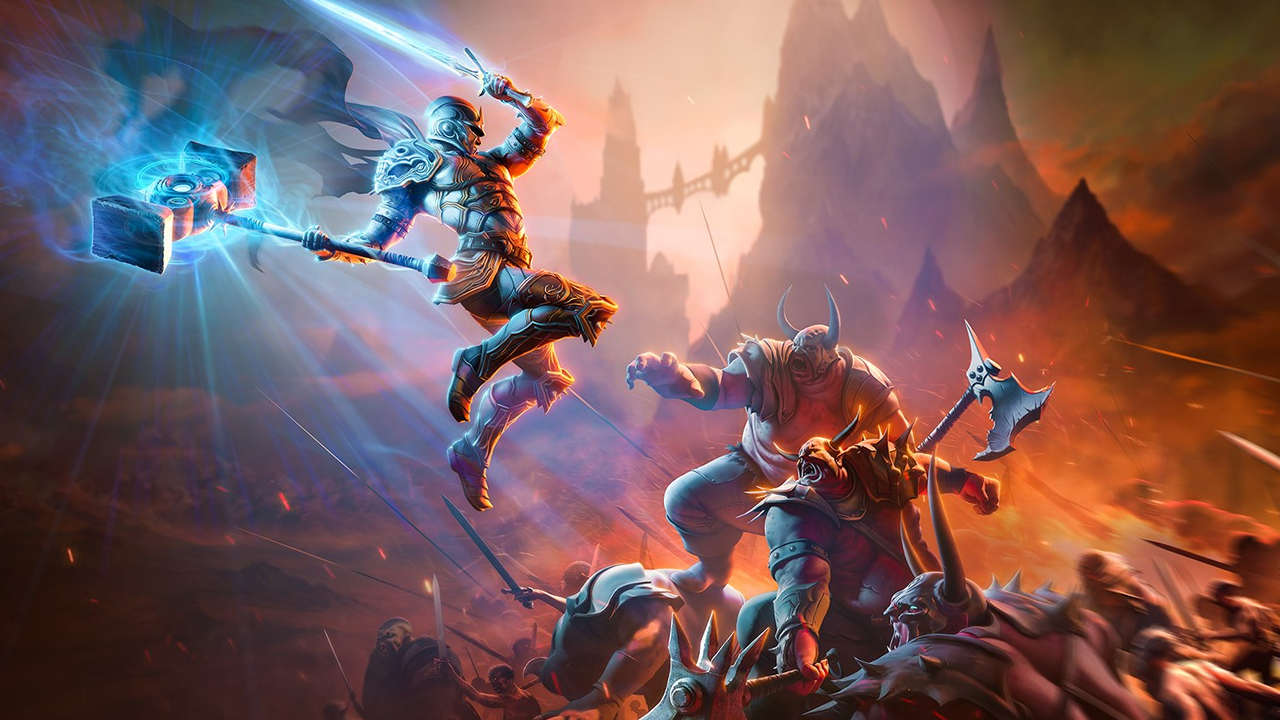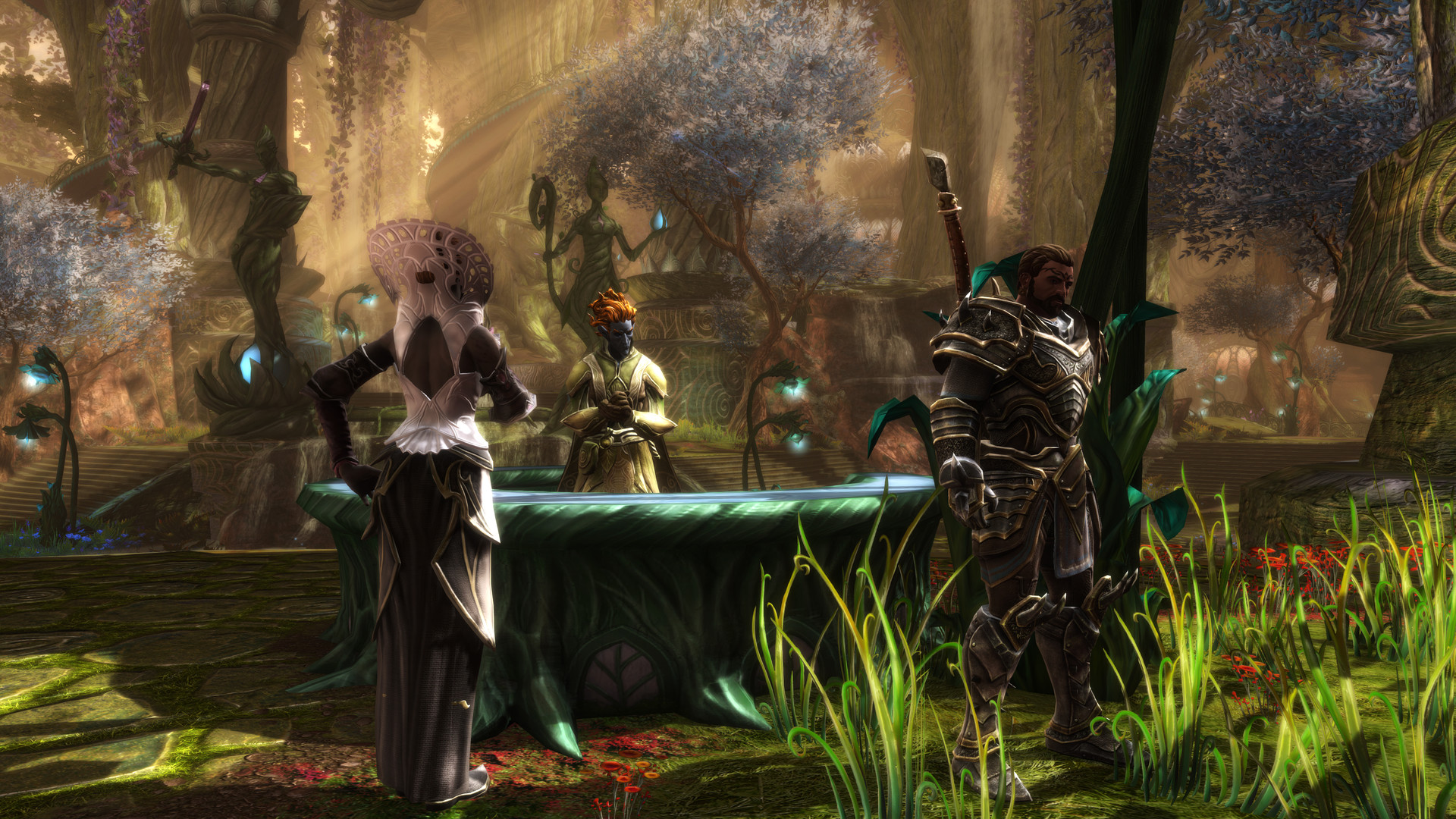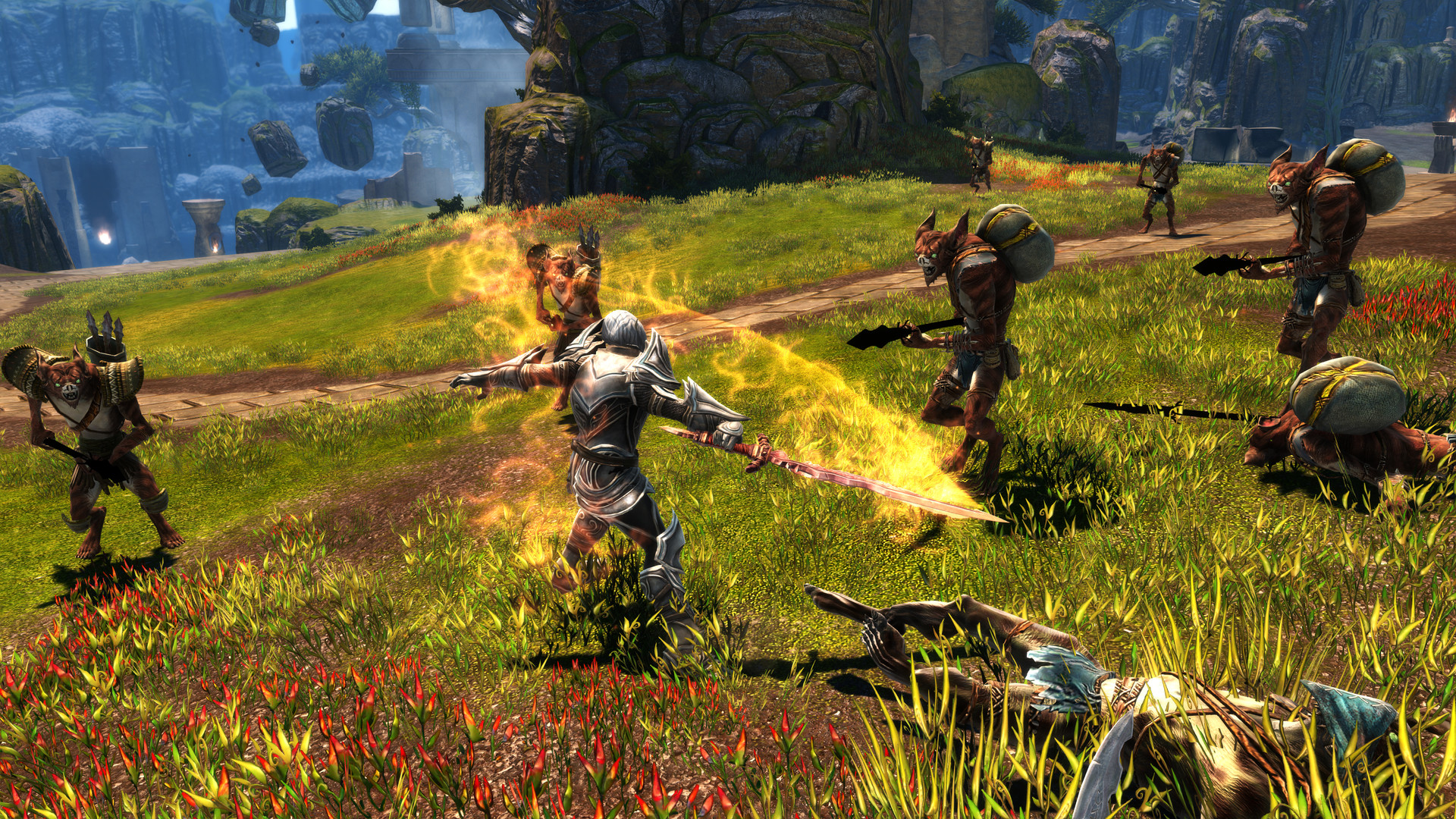
The last generation of consoles introduced us to some of the greatest experiences in gaming, especially the RPG genre. One of the biggest resurgences was in the WRPG genre, which saw heavy hitters like Skyrim, Witcher 2, Mass Effect, and Kingdoms of Amalur: Reckoning coming out. Out of all these games, Kingdoms of Amalur: Reckoning was perhaps one of the most interesting games, despite being overshadowed by other more mainstream franchises. Combining elements of RPG, Hack and Slash elements that were more common in games like DMC and GOW, and a unique high fantasy world penned down by the legendary R. A. Salvatore, KoA managed to win the hearts and wallets of millions of gamers.
AT A GLANCE
GENRE: Action, RPG
DEVELOPER: KAIKO, Big Huge Games
PUBLISHER: THQ Nordic
PLATFORMS: PC, Xbox One, PlayStation 4(Reviewed)
RELEASE DATE: 8 Sep, 2020
FINAL SCORE: 8/10
Sadly, due to mismanagement, the studio responsible for the game shut down and it seemed like the end of a promising franchise. That is, before THQ Nordic managed to grab the IP, and here we are, with a re-release, aptly titled Kingdoms of Amalur Re-Reckoning.
Helmed by RA Salvatore , author of Forgotten Kingdoms novels and creator of the charismatic Drizzt Do’Urden, who was in charge of the story and the universe; Todd McFarlane , Spawn’s father and comic book veteran, was responsible for the art; Grant Kirkhope , composer of the soundtrack on some of Rare’s greatest gems for the Nintendo 64, handled the melodies; and Ken Rolston , designer of Morrowind and Oblivion, supervised the design of Amalur.
Story
Kingdoms of Amalur: Re-Reckoning puts you in the role of a character who comes back from the dead, with no recollection of his past life, to discover they are right in the center of a conflict between a sinister faction of immortals, known as the Tuatha, and the rest of the races of Amalur.
The story is excellently written, although it does suffer from the same issues that plague any RPG stories, more on that later. Written by R.A. Salvatore, the world of Amalur is more than just another fantasy world. It is filled with an interesting lore and a depth to it that would make you think the game is part of a long-running franchise and not the first entry. The plot tends to get a bit complicated, especially the arcs related to discovering the past of our character, and it can be easy to often get lost in the tangle of names, and terms, each one more convoluted than the last.

Entering a completely new universe is never easy, especially when it comes to one so large and elaborate, and Kingdoms of Amalur is not at all friendly in that regard, throwing names of characters, races, regions, and deities at our faces from the moment you start off the game.
But I don’t think it’s really fair to count this as a negative point, in fact, I think it can be a selling point depending on the person playing. Someone who enjoys a fleshed-out world in their video games will find themselves immersed in a fantasy world that has been crafted with the utmost care.
Gameplay
Kingdoms of Amalur: Re-Reckoning is an open world RPG. You start off with creating your own character. The character creation system is quite limiting, and in fact it was sort of lackluster for it’s time as well. You can select from a couple of races of Amalur that will decide your starting stats but nothing else.
There’s a main plot to follow but you are pretty much free to do whatever you want as soon as you leave the first dungeon. There’s a gazillion side missions to do and guilds to join, crafting to master, and houses to buy.
Despite having a pretty good story, the main claim to fame of Kingdoms of Amalur: Reckoning has always been its combat system. Behind all the dialogues with decisions, thousands of secondary missions, and looting fest is the combat system that is in the likes of God of War and Devil May Cry. This was a time when the Achilles heel of any RPG was its combat system, and Amalur managed to absolutely smash any expectations.
Featuring a fast-paced combat system with a ridiculous amount of options on how to design your character, Amalur combined a compelling storyline with equally excellent gameplay.

Unlike some RPGs that forced you to select an archetype starting off and then build your character based on whether it’s a warrior, mage, or rogue, Amalur allowed you to mix and match all 3 classes to approach the combat system however you want. Do you want to be a Warrior mage who is capable of dealing forceful blows while being capable of dishing out massive elemental damage? no problem. Want to be a rogue capable of stealthily dispatching enemies but an equally force to be reckoned when surrounded? Go ahead. Or just be a traditional mage who focuses on spells to dispatch its enemies. The class system is ridiculously simple to get around but at the same time, offers your unparalleled freedom.
Combat is fast and very fluid, you can use two different weapons to execute combos and also use magic. Stealth is also a very viable option and allows you to insta-kill most unaware enemies. You can also Reckoning mode which slows down time and execute enemies with ease, often culminating in a fate shift – a fatality which entails you ripping off limbs or just jabbing your weapon down your enemy’s throat to earn more XP. Perfect.
Something the original game suffered from was overpowering you at the end of the game. You could easily dispatch boss tier enemies with a couple of button smashes and abilities. Re-Reckoning tries to address by introducing a new difficulty system and a redesigned enemy scaling system. The new difficulty called very hard doubles the enemy hitpoint and makes life a nightmare for new players. It can get kind of frustrating to constantly repair your equipment and reload your game. So I recommend sticking with hard mode for first-timers, and very hard for veterans looking for a fresh challenge. The amount of replayability offered by Amalur means you can easily start another playthrough with a higher difficulty once you get a hang of things. You can also scale the difficulty down from the settings, but going below hard will disable an achievement/trophy for you.
Kingdoms of Amalur also has a pretty generous loot system that continuously rains down gear on you. This is another thing that Re-Reckoning improves, in the original game the loot table would be generated once and would often spawn random unrelated equipment. Now the loot table is calculated every time you enter an area and will tend to give equipment related to your stats.
There are also a number of quality of life improvements, such as the ability to assign 8 different abilities instead of 4 (alternate between the two sets by pressing the L1 button) or an increase in the number of items we can store in the stash.
Unfortunately, not everything has aged as well as the combat, nor received a touch up like the loot system. For its time, Amalur had some elements that were great. The design of the world in Kingdoms of Amalur: Re-Reckoning is very simple, and can seem a bit disappointing in front of the huge explorable worlds that this generation has brought us. Invisible walls, a cluttered UI, and some redundant gameplay features might hinder new players from enjoying the game.
Visuals, Audio and Technical Performance
Amalur has a cartoonish visual style that goes pretty well with its world. Todd McFarlane was in charge of art and the result is some pretty gorgeous landscape and character design. But it’s not exactly held up that well from a technical standpoint. Re-Reckoning tries to address this by upscaling the textures, redesign some textures, and native support for 4K, but the efforts are mixed, to say the least.
In my opinion, the game still looks pretty and people accustomed to MMOs will actually find themselves at home. Obviously this is a very subjective aspect and not everyone will appreciate this kind of aesthetic, especially in this day and age of raytracing and next-generation effects.
Kingdoms of Amalur: Re-Reckoning includes the option to modify the FOV, which a lot of people wanted in the original game and you can also hide or reduce the size of the HUD to tweak your area of vision. This is important because the camera was one of the biggest enemies in the original game, constantly misbehaving.
The audio is one aspect that has still held up really well. From the ambient sounds to the variety in NPC dialogue, something that is still lacking in a lot of modern RPGs. The soundtrack is still just as phenomenal and well suited to the world of Amalur.
Performance on the other hand can get a bit iffy, I ran into some slight drops during the heavier boss fights, but it did recover soon enough. Some of the bugs and glitches from the original game have also been carried over and it can get a bit frustrating.






